Are you fascinated by religious architecture and history? Here are the must-see religious buildings in North Rhine – Westphalia:
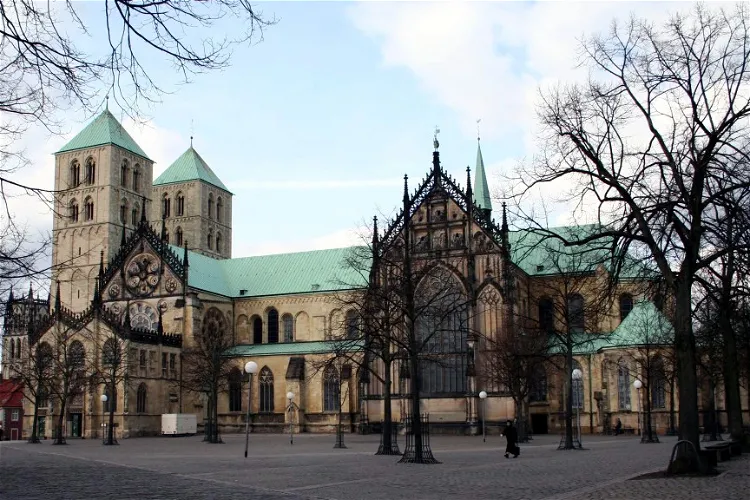
St. Paul's Cathedral, Münster
MünsterSt. Paul's Cathedral, also known as St.-Paulus-Dom, is a significant monument in the city of Münster, Germany. It stands as a testament to the city's rich history and architectural prowess. The cathedral's grandeur and prestige make it a notable point of interest for tourists visiting Münster.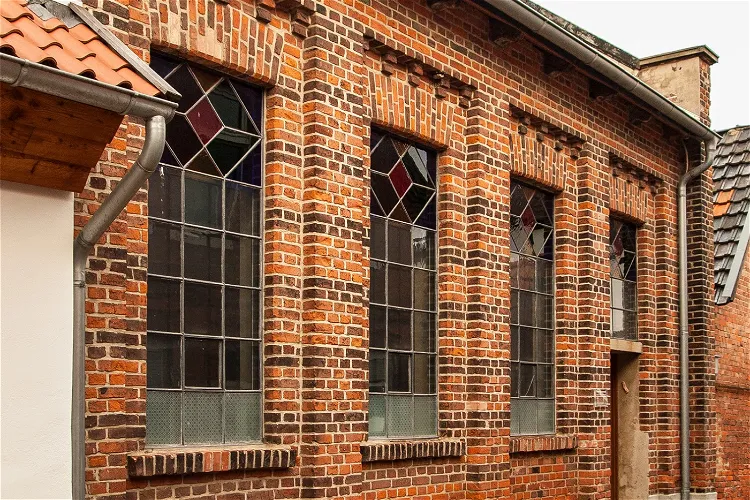
Alte Synagoge Petershagen
PetershagenThe Alte Synagoge Petershagen is a significant historical site located at Goebenstraße in Petershagen, in the district of Minden-Lübbecke, North Rhine-Westphalia. This protected monument offers a glimpse into the rich Jewish history of the region and stands as a testament to the resilience of the Jewish community.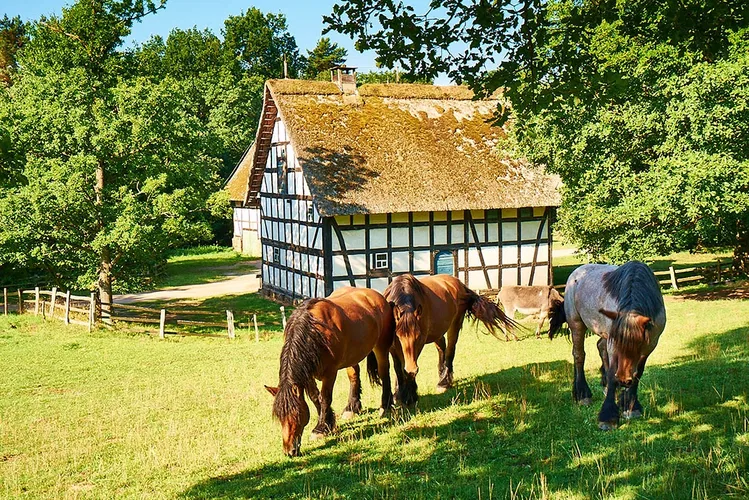
Kommern Open Air Museum
MechernichThe Kommern Open Air Museum, located in Kommern/Eifel, is recognized as one of the largest open air museums in Europe. It spans an impressive area of over 95 hectares and showcases approximately 67 historic buildings that originate from the Prussian Rhine Province. The museum is operated by the Rhineland Regional Association (Landschaftsverband Rheinland, LVR).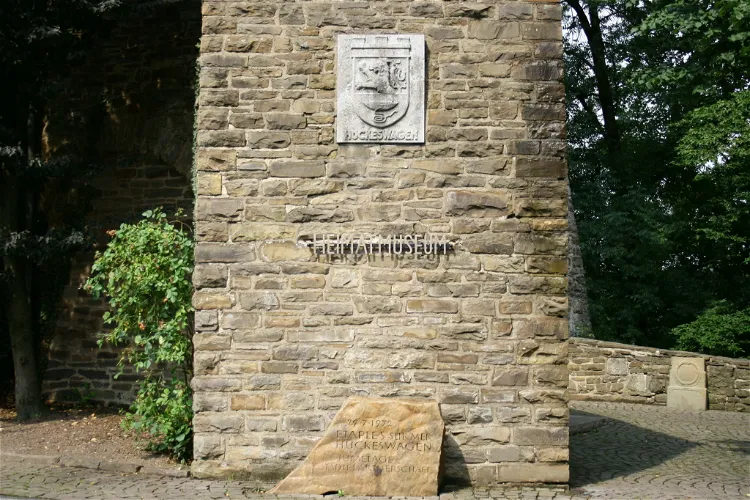
Heimatmuseum Hückeswagen
HückeswagenThe Heimatmuseum Hückeswagen is situated in the eastern hall building of the Hückeswagen Castle. This location adds a historical charm to the museum, making it a unique destination for tourists interested in history and architecture.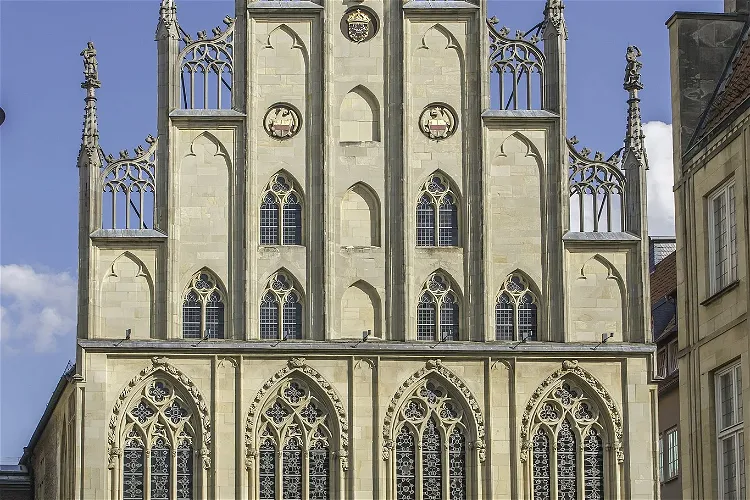
Historical City Hall of Münster
MünsterThe Historical City Hall of Münster, located in Prinzipalmarkt street, is a significant landmark in Münster, Germany. It has been the historic seat of the mayor and the city council for centuries. This Gothic-style building from the 14th century was destroyed at the end of World War II and was subsequently rebuilt. Today, it stands as a testament to the city's rich history and architectural heritage.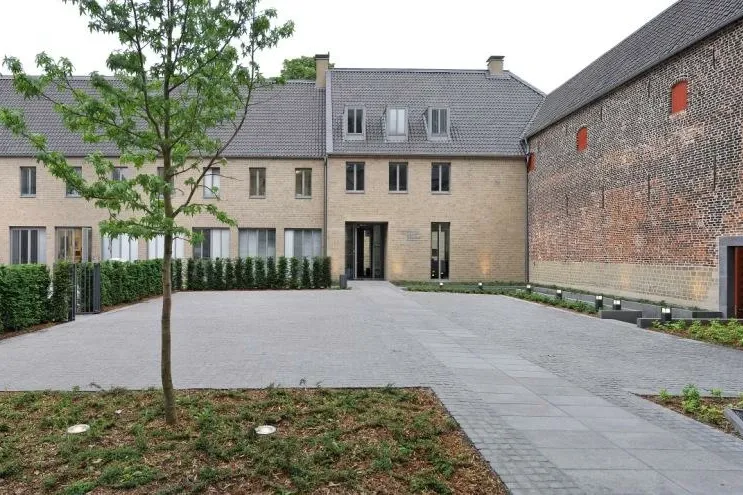
StiftsMuseum Xanten
XantenThe StiftsMuseum Xanten is a church museum that houses a rich collection of artifacts. This includes the church treasure of the Xanten St. Viktor Church and other significant testimonies of regional history. The museum provides a unique opportunity to explore the religious and cultural heritage of the region.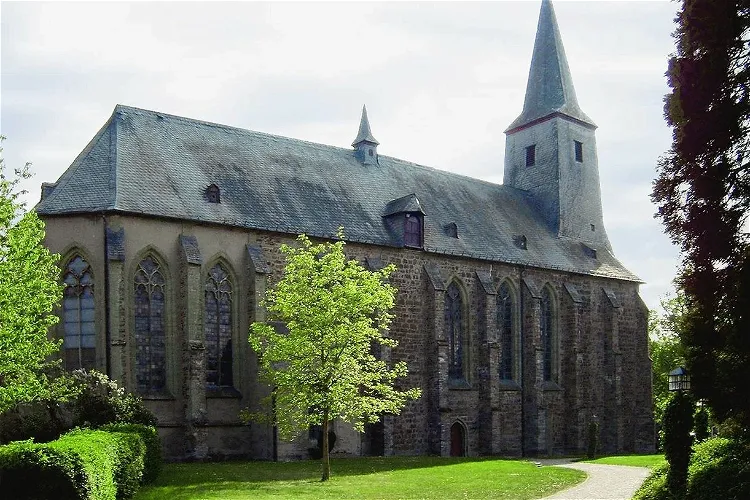
Klostergartenmuseum Oelinghausen
ArnsbergThe Oelinghausen Monastery, situated in Arnsberg, Germany, has a rich history dating back to around 1174. Initially, it was established as a double monastery, which means it housed both monks and nuns. However, it later evolved into a Premonstratensian monastery, a religious order known for its commitment to community living, self-sufficiency, and hospitality.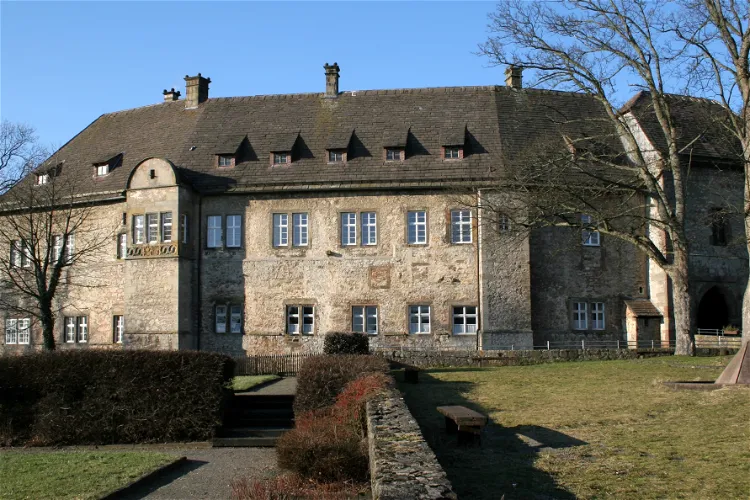
Burg Dringenberg
Bad DriburgBurg Dringenberg is a significant historical site located in Dringenberg, in the Höxter district of North Rhine-Westphalia. This medieval castle was one of the most important national castles of the Paderborn bishopric, playing a crucial role in the region's history. Visitors can explore the castle's robust defensive wall and tower, known as the 'Hungerturm', and enjoy the panoramic views of the valley below.